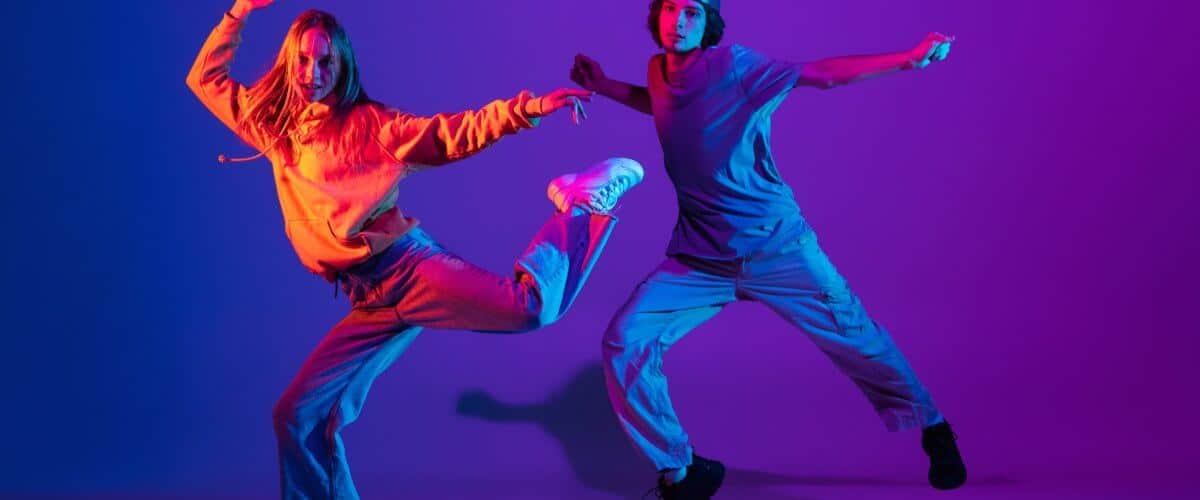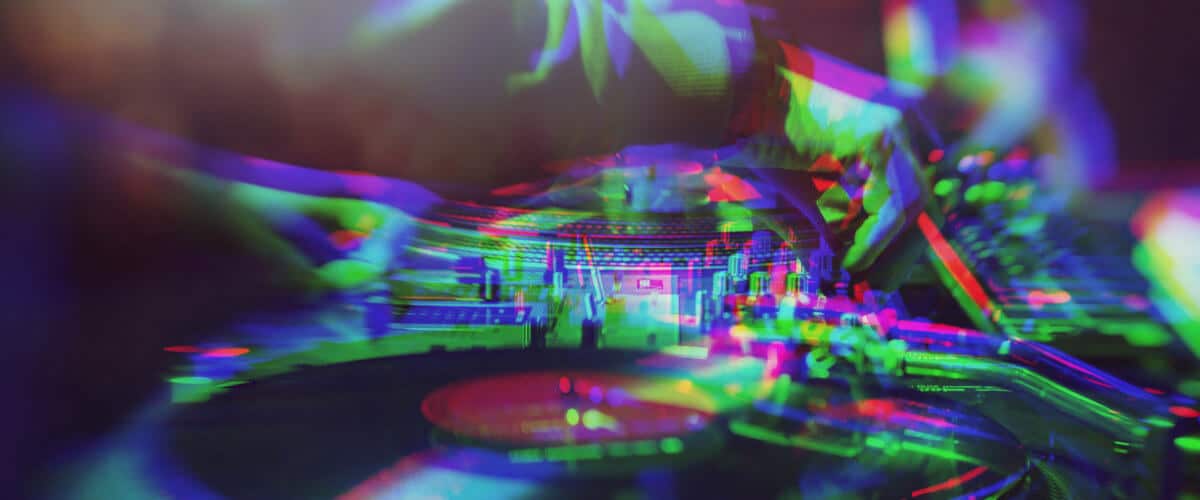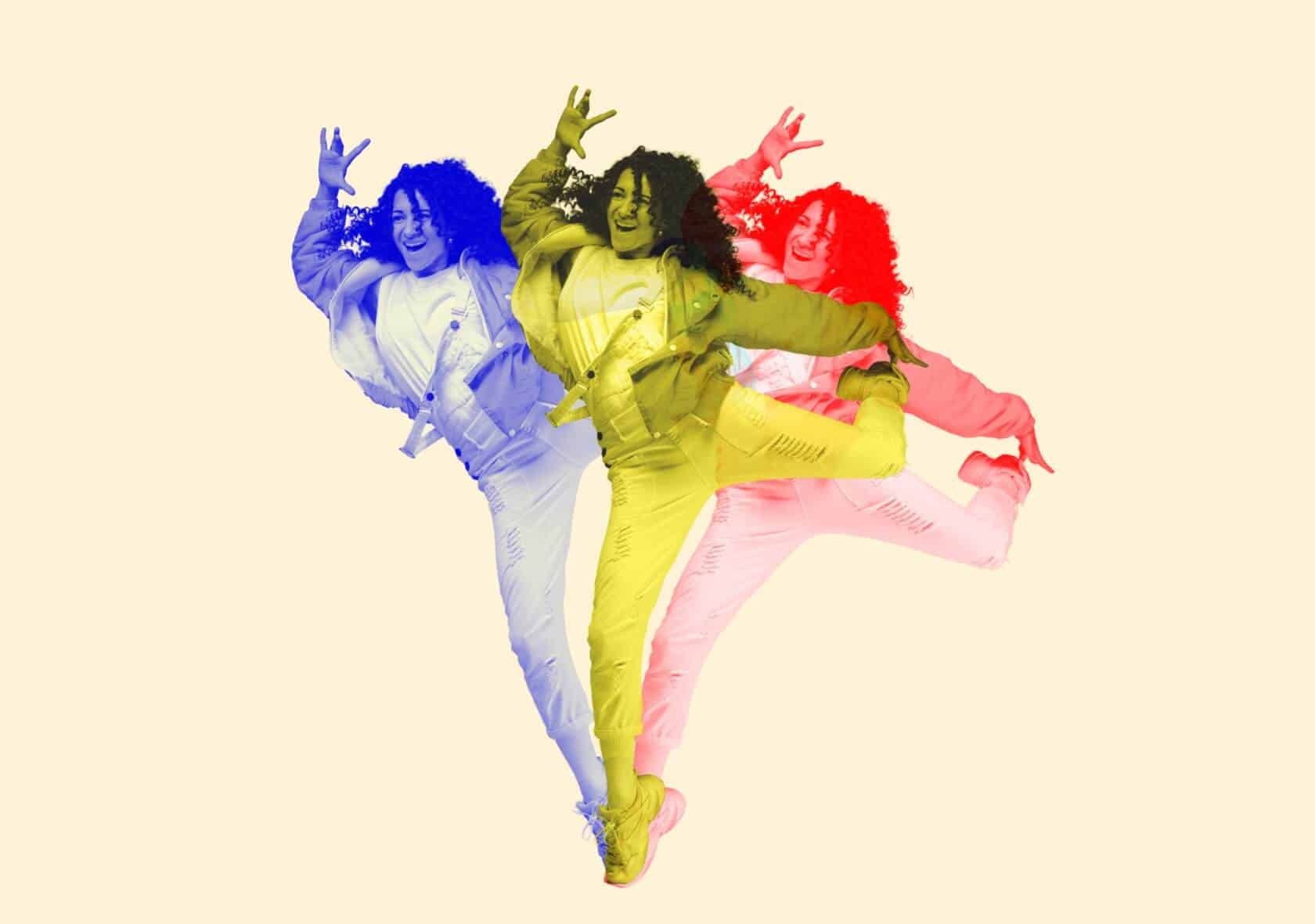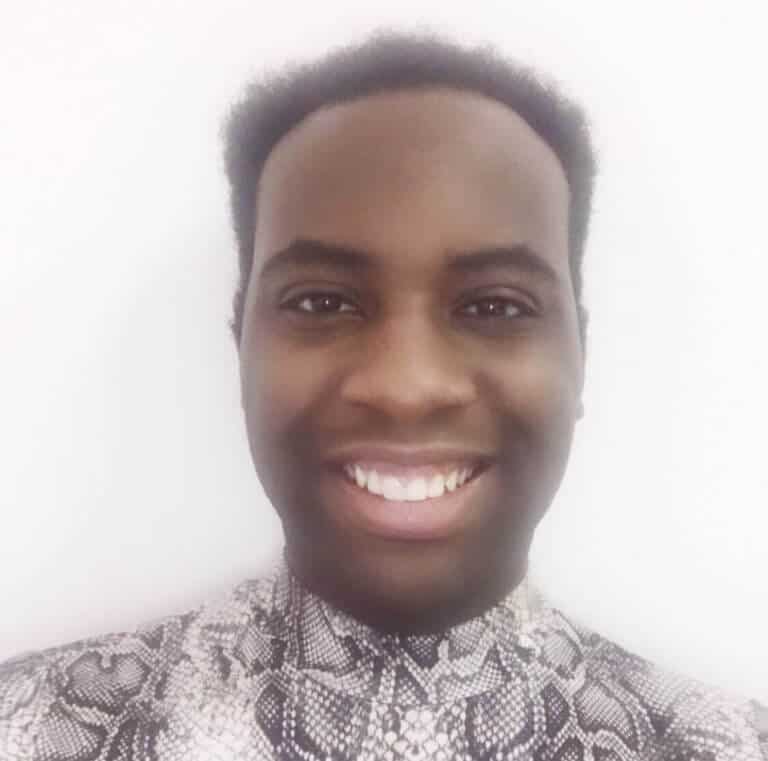Europe is known for having superb taste in electronic music. As 2022 predicts that the electronic music world will only expand rather than decline, unique genres of techno music are becoming more popular. The mix of hip hop and electronic music called Glitch Hop is gaining momentum in popularity. Will this be the new sound of music?
According to Masterclass, Glitch Hop is an inventive and unique blend of traditional hip-hop beats, the electrifying sounds of electronic music, and varying sounds composed from audio and digital technology. The genre’s aesthetic is made up or collaborated with multiple genres and sound perspectives. Overall, Glitch Hop is known for being a subgenre of techno/electronic music that heavily incorporates Electronic Dance Music (EDM) and aspects of glitch musical material.
The musical term ‘Glitch’ is a production technique that utilizes the uses of malfunction responses. Examples of common glitches that occur in our regular daily lives could be, computer malfunctions and TV signal difficulties. At times outrageous sounds of these objects, are altered and immersed into a song, track, or musical project. Other glitch sounds implemented in Glitch Hop are track skipping sounds, distortions, and software crashes.
Glitch Hop embraces a more hand-crafted sound rather than the structured, somewhat polished musical notion that EDM produces. This approach could be a substantial explanation in its connection to both lo-fi and the world of hip-hop. Hip-hop and lo-fi use sounds and elements such as vinyl crackle to create a vintage, nostalgic approach to recording. With a prominent element of future bass, these components add a distinct warmth to the already existing basslines through modulated and detuned synthesizers. However, Glitch Hop has a subgenre of its own. NeuroHop rose to underground fame in early 2010. The subgenre implements intricate basslines paired within the dark sonic music sound of NeuroFunk (a subgenre of drum and bass).

Many characteristics help define Glitch Hop’s unique sound. However, the three important aspects of Glitch Hop are beats, glitch, and mutability.
Beats
Mid-tempo beats truly give Glitch Hop its distinctive pulse. Altering between 80 to 130 beats per minute (BPM), elements of dubstep and electro could increase its tempo to a range of 110 to 115 BPM. In regards to rhythm, Glitch Hop heavily incorporates drum and bass elements that create an underlined modern feel.
Glitch
As mentioned above, glitches are composed of chopped-up sounds and malfunction audio. Sounds such as repeated audio, skipping, distorted vocals, reduced sound quality, and electronic hums are heavily implemented.
Mutability
Glitch hop is known for its fusion of many genres. From indie hip hop to electronic lo-fi, glitch-hop embodies a mix and match approach to sound. The genre also allows artists creative freedom in the world of hip-hop and EDM.

History of Glitch Hop
The sounds or origin of this legendary genre is said to be developed in the late 1990s. Electronic music artists and producers such as Machinedrum, Push Button Objects, and Prefuse 73 began using incorporation the malfunction sounds into instrumentals and hip hop beats. By the 2000s, glitch-hop began receiving expanded success. Artists such as Flying Lotus used glitch-hop within their hip hop projects as the genre from hip hop to EDM. By the late 2000s, glitch-hop was more known for its shift towards heavy bass-driven sounds of electro house and dubstep than hip hop. Electronic Artists such as Glitch Mob, Opiuo, Pretty Lights, and KOAN Sound heavily implemented glitch hop into their sounds.
The monumental trio of The Glitch Mop is composed of artists edIT, Boreta and Ooah engaged electronic artists with their 2010 album Drink the Sea. However, mainstream success came with their remix of rock band The White Stripes Seven Nation Army. This is heard in many commercials and film trailers still today! New Zealand’s Opiuo incorporates funk and elements of psychedelia in his live performance and recordings. This Glitch Hop artist also incorporates live band sounds in his sets paired with traditional electronic sounds. Grammy-nominated artist Pretty Lights use a heavy fusion of glitch-driven material paired with soul and funk samples while English duo KOAN sound has moved to more neuro hop implications. Remixed material and collaborations include Massive Attack, Ed Sheeran, and Skrillex.
Photo: Master1305/shutterstock.com
Read how music helps your dental health here:
Support us!
All your donations will be used to pay the magazine’s journalists and to support the ongoing costs of maintaining the site.
Share this post
Interested in co-operating with us?
We are open to co-operation from writers and businesses alike. You can reach us on our email at [email protected]/[email protected] and we will get back to you as quick as we can.










